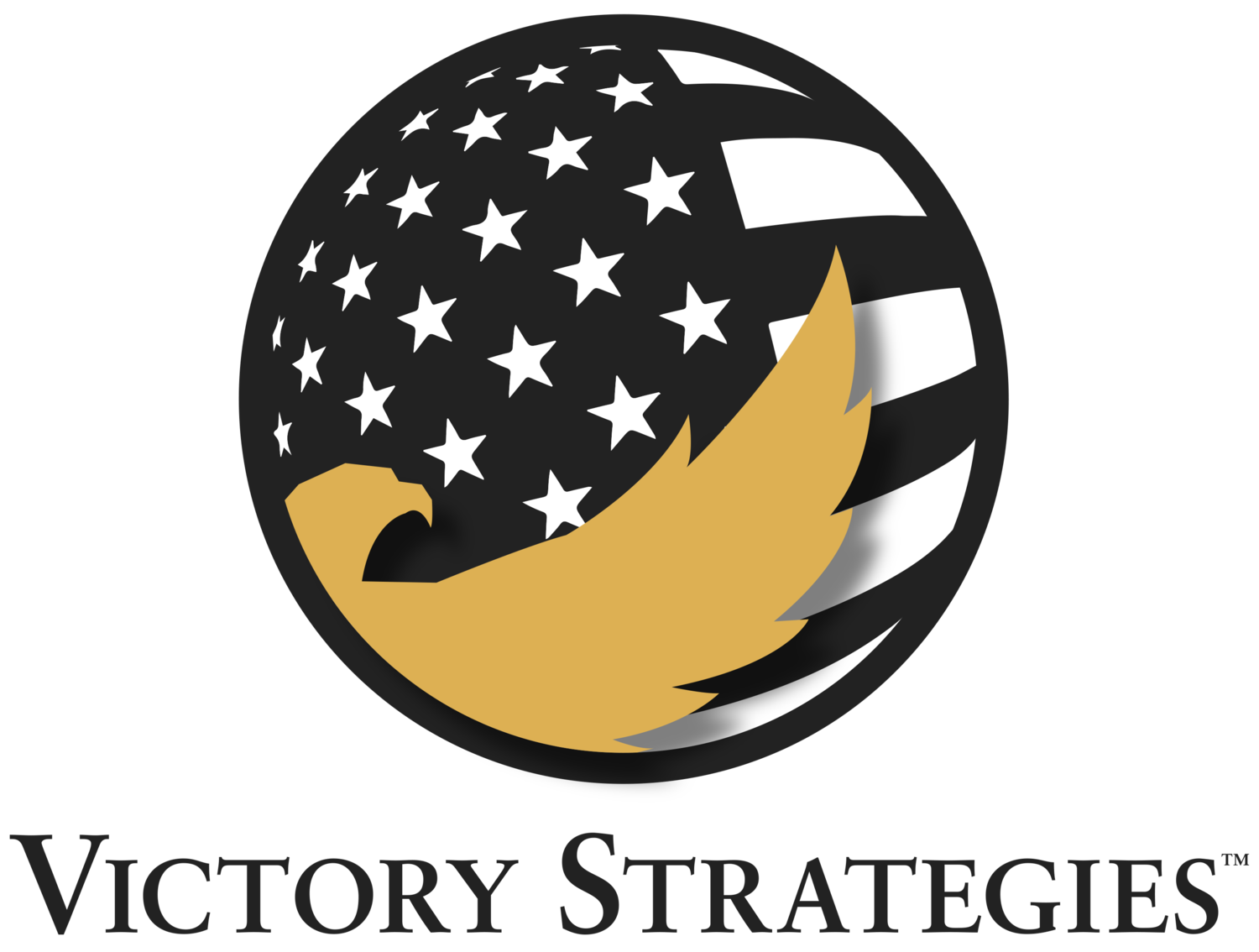When you assign a task or project, do you receive the final product you expected? If not, is this a problem you encounter frequently? The root cause may not be your team’s performance but rather how you communicate with your team when assigning tasks. In the high risk, high operational tempo of Naval Aviation, I found that if I answered the four basic questions of, what, who, why, and when, my team had a clear understanding of my expectations and that I received the final product I envisioned.
What?
What do I want? This first question is critical because if you don’t know what you want, how are you going to communicate it to your team? It is the objective of the effort. A fundamental piece of defining the “what,” is the format of the final product: a formal report, a presentation, a spreadsheet, etc. Be specific, and if you can provide an example of a prior similar effort or a format you prefer, even better.
Who?
Who is responsible for completing the task? This question is answered easily if the assignment is given to a single person. When more than one person is involved, you have a team and answering this question is vital. If no one person is held accountable, then you’ll have dilution of responsibility, and you open the door for failure. If the team is composed of people from different departments within the organization, then there most likely isn’t a standing hierarchy and defining “who” becomes even more essential. Defining “who,” specifically, by name, has two key elements: one, who is part of the team and two, who is ultimately responsible for the final product.
Why?
This is the underlying reason for the task, how the task fits into the larger purpose or goals of the organization, why it is important, and the consequences to the organization if the task isn’t completed successfully. In the military, this is known as “commander’s intent.” From my experience coaching young leaders, out of the four questions, this is the one most often omitted. By defining the “why,” you’ll give your team a sense of purpose and a feeling of value to the organization, and you will inform decisions or choices they make while accomplishing the task. An additional benefit of defining the “why” is that it can be used as a teaching moment for rising leaders within the organization.
When?
This should be the easiest question to answer. Setting a deadline allows the planning to begin. Holding your team accountable is essential to creating a culture in which missing deadlines is unacceptable. A key element of meeting timelines circles back to the “who” question and making a single person responsible for the final product. If this is a major project, as a technique, set milestone checkpoints along the way. Because time is a resource and not unlimited, another critical element in defining “when” is the priority and importance of this project compared to other projects. You may have to adjust delivery timelines for other projects based on your priority ranking. Be mindful of the adage, “If everything is a priority, then nothing is a priority.”
Being specific in answering the questions what, who, why, and when will provide clarity in tasking. Your team will know exactly what you desire, which will reduce their stress from trying to guess what the boss wants. Additional benefits are a reduction in rework and wasted time due to the final product not being correct. You’ll also save time by not having to answer follow-up questions or redirect efforts in the direction you originally intended. As a final technique, if you assign this task verbally during a meeting, follow the meeting with an email summarizing the specifics.
Authored By: Chad Vincelette, Managing Director

